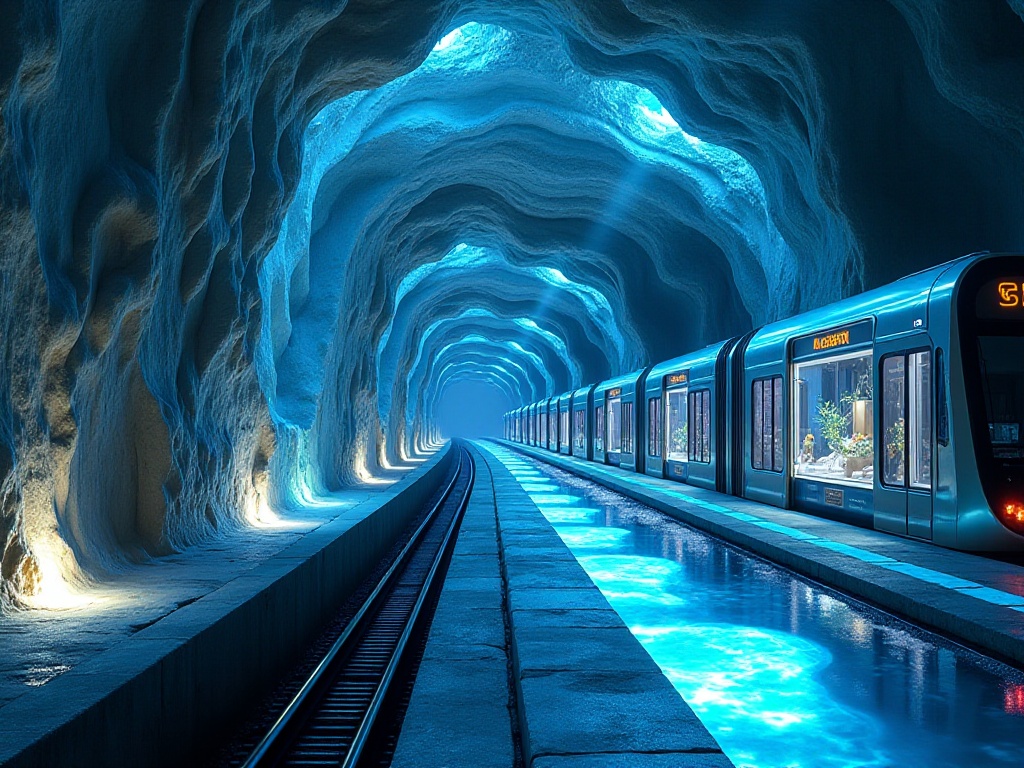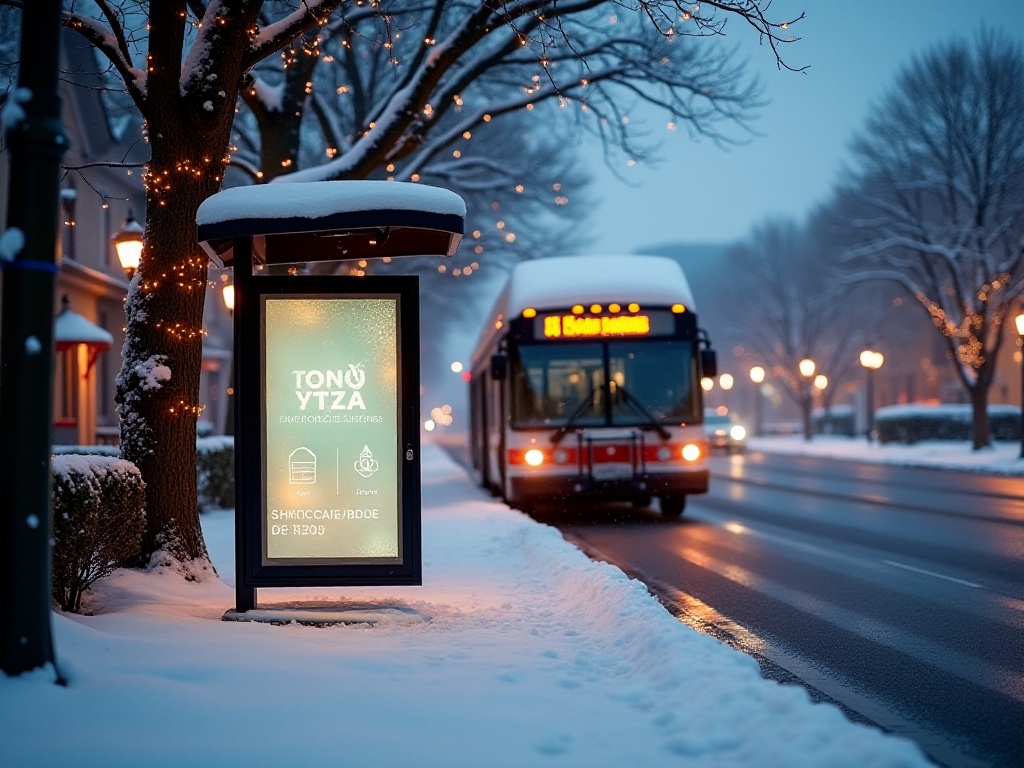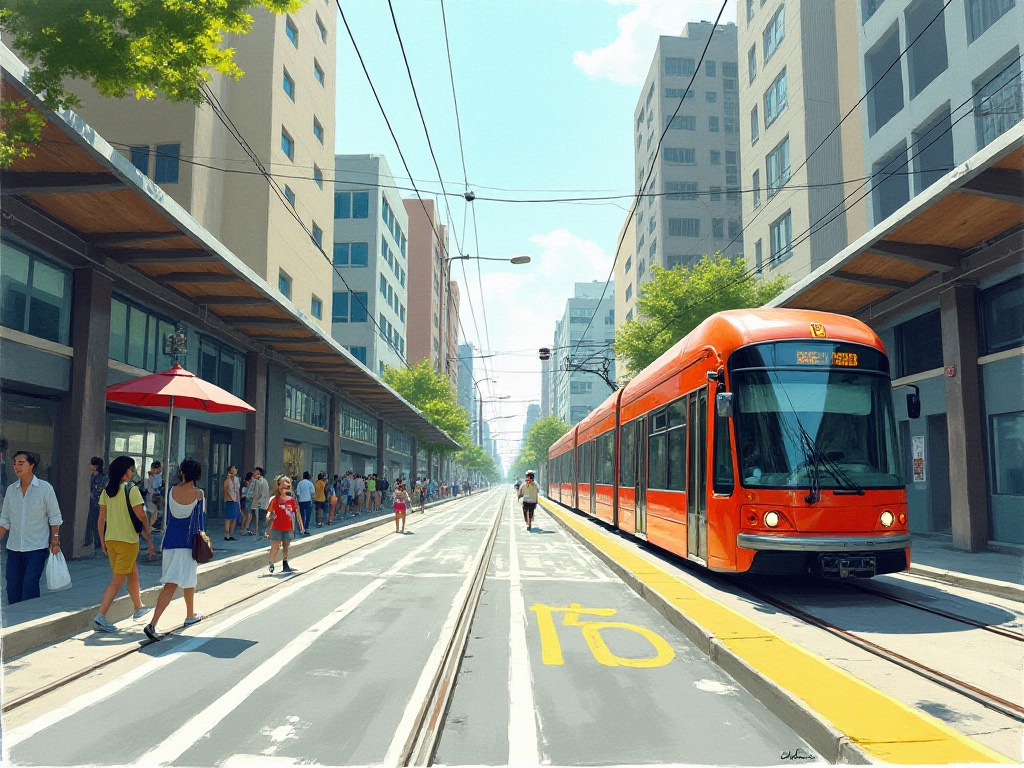First Impressions
The moment I first stepped into a Tokyo subway station, I was completely astounded. As someone who frequently "drifts" through subway systems in various Chinese cities, I thought I was immune to subway experiences. However, Tokyo's subway system instantly elevated my understanding to a new level - this wasn't just a simple transportation tool, it was a condensed textbook of Japanese culture.
Standing in the subway station, I was struck by the orderly flow of people around me. Despite the crowds, there was no sense of chaos. The floors gleamed like new, the walls were spotless, and everything exuded a comfortable atmosphere. This experience completely overturned my preconceptions about subway stations. A faint scent of air freshener wafted through the air, unlike the indescribable mixed odors found in some other subway systems.
Each platform was like a carefully designed work of art, from the signage to the seating, from advertising boards to trash bins - every detail was perfect. Even first-time visitors could easily find their way. This experience made me realize: subway stations could be this sophisticated!
Network Density
The density of Tokyo's subway network is simply incredible. How big is Tokyo's ward area? Just 627 square kilometers, but the subway lines are as dense as a spider's web. 13 subway lines, 285 stations - what does this mean? On average, you can see a subway entrance every few steps.
This density is world-class. Anywhere in Tokyo, you can typically find a subway station within a ten-minute walk. This level of convenience brought tears to my eyes as someone who often struggles to hail taxis in Chinese cities. Especially in busy commercial areas, subway entrances are everywhere - sometimes you'll find a new exit just around the corner.
More amazingly, transfers between these dense lines are designed very rationally. Despite the complex network, transfers don't feel particularly troublesome. The distance between each station has been precisely calculated to maximize coverage while avoiding redundant construction.
The distribution of stations is also very scientific, with denser coverage in high-traffic areas. Places like Shinjuku and Shibuya have countless subway exits. In residential areas, stations are more spread out but still meet basic transportation needs.
Punctuality
The most shocking aspect of Tokyo's subway is its punctuality. An average annual delay of 0.9 minutes - what does this mean? It means if the timetable shows a train arriving at 3:15, it will arrive at exactly 3:15, give or take a few seconds.
This level of punctuality is almost supernatural. I remember once checking my watch to test the accuracy. The timetable showed 14:23, and my watch showed 14:23:05 when the train came to a complete stop. This precision is truly amazing.
More impressive is that this punctuality isn't occasional - it's the norm. During morning rush hour, you can completely plan your journey according to the timetable. If the schedule says a 7:35 train will get you to your destination at 8:00, you'll definitely arrive on time if you board as planned.
Behind this punctuality is precise control of the entire operating system. From signal systems to staff scheduling, from equipment maintenance to emergency response, every link is strictly controlled. Even when unexpected situations arise, they can restore normal operations in minimal time.
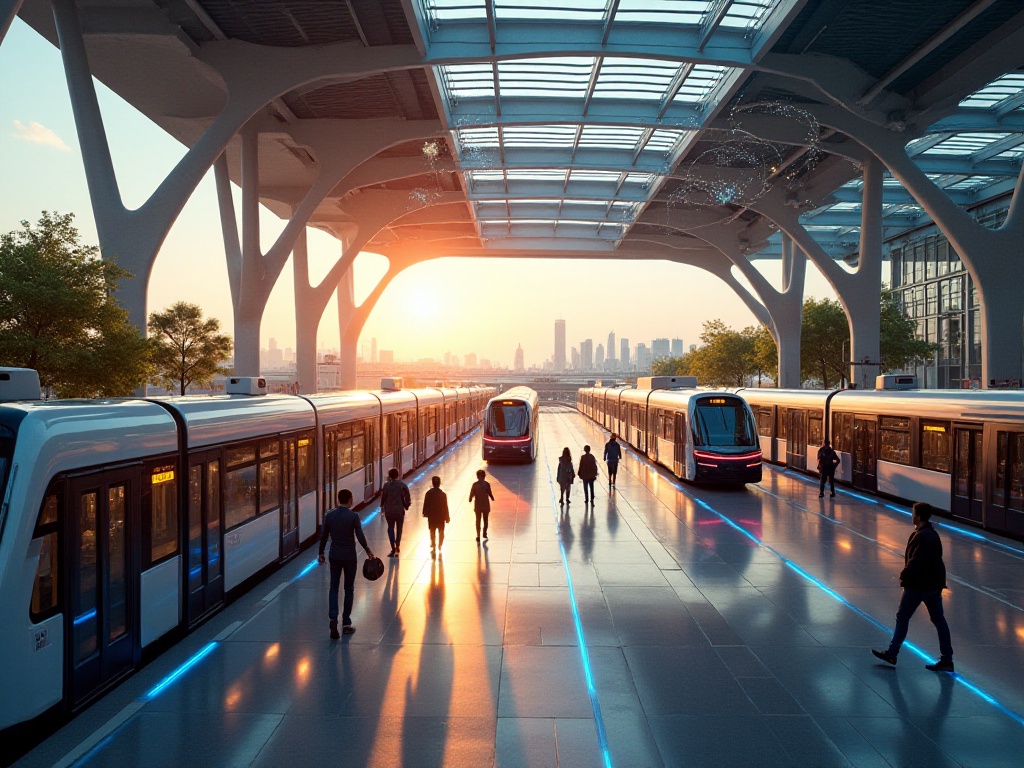
Humane Details
Throughout Tokyo's subway, you can feel the designers' thoughtfulness. Those seemingly simple designs are the result of careful consideration. For example, the different colored stripes on platforms aren't just decorative - they serve specific functions.
Yellow stripes mark regular door positions, so people know exactly where doors will open when queuing. Red stripes mark women-only car locations, a thoughtful design that helps female passengers feel secure when traveling at night. Blue stripes mark accessible facility locations, convenient for passengers with mobility needs.
The seat design is also interesting. Priority seats aren't just differently colored - their shape is specially designed to be instantly recognizable. Handrail heights are carefully calculated so both adults and children can easily grab them.
Inside the cars, you'll notice the air conditioning vents are specially designed to adjust airflow direction by season. They blow downward in summer and upward in winter, ensuring passengers experience the most comfortable temperature.
Every platform has platform screen doors, not just for safety but also to maintain constant platform temperature. It's never too hot in summer or too cold in winter, keeping waiting passengers consistently comfortable.

Civilized Etiquette
The most touching aspect of Tokyo's subway is the spontaneous civilized behavior. Even during morning rush hour, when Shinjuku Station handles 3.4 million passengers, you rarely see pushing or shoving. Everyone seems professionally trained, automatically queuing and boarding/alighting in an orderly manner.
In the carriages, it's quiet enough to hear your own breathing. Almost no one talks loudly, let alone makes phone calls. If phones ring, people immediately silence them or quietly move to the connecting area between cars to answer. This conscious maintenance of public quiet is truly admirable.
Moreover, you rarely see people using phones while walking in Tokyo's subway. Everyone stands on the left, leaving enough space for others to walk. Even on rainy days, people shake water off their umbrellas before entering stations to avoid creating extra work for cleaning staff.
Most touching is how passengers automatically give up seats to elderly, pregnant, or mobility-impaired individuals. This isn't because someone reminds them - everyone considers it natural. This heartfelt consideration fills the entire subway with warmth.
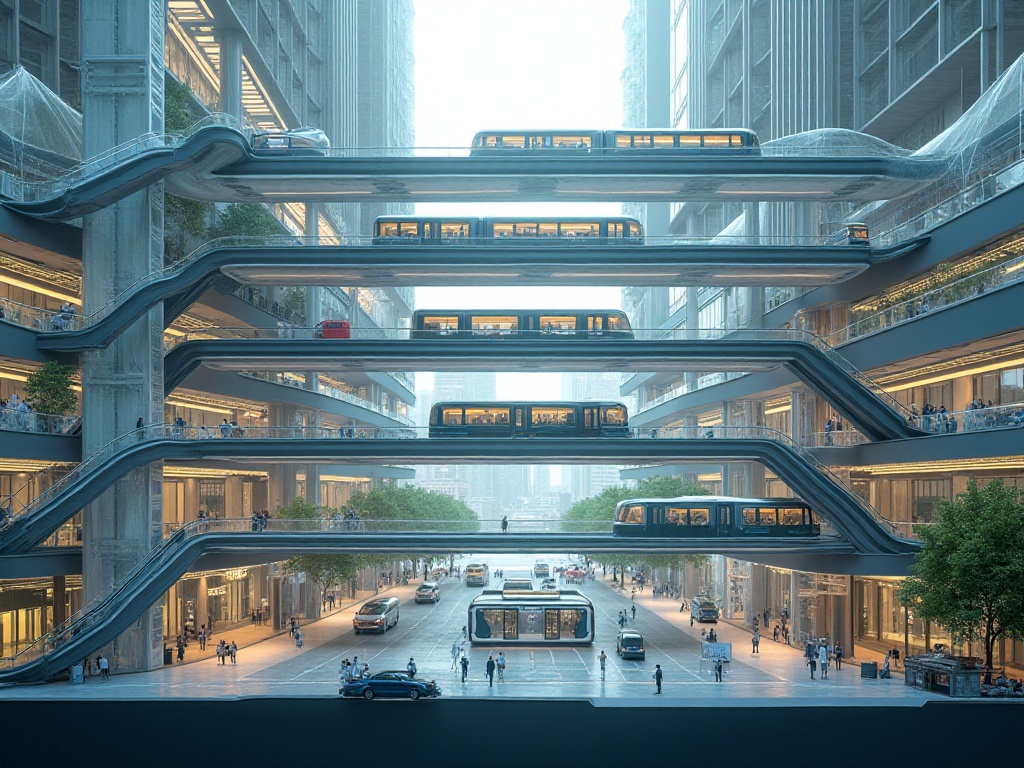
Transfer Experience
Honestly, when I first arrived in Tokyo, the complex transfer system nearly broke my brain. The multicolored line maps were dizzying, and transfers between different company-operated lines were especially challenging. But as I used it more, I discovered the system is actually very rationally designed.
Every transfer passage has clear signs, marked with different colors and numbers. For example, if you're transferring from the Ginza Line to the Marunouchi Line, just follow the red signs. These signs are placed at key turning points so you won't go wrong.
More impressive is how they design transfer passages to be as short as possible. Statistics show Tokyo subway's average transfer distance is over 20% shorter than other megacities. What does this mean? It means you don't have to walk as far when transferring, saving time and energy.
In major transfer stations, they paint different colored guide lines on the floor. You just follow the color for your desired line - no worry about getting lost. At complex transfer points, staff members are available to guide passengers and answer questions.
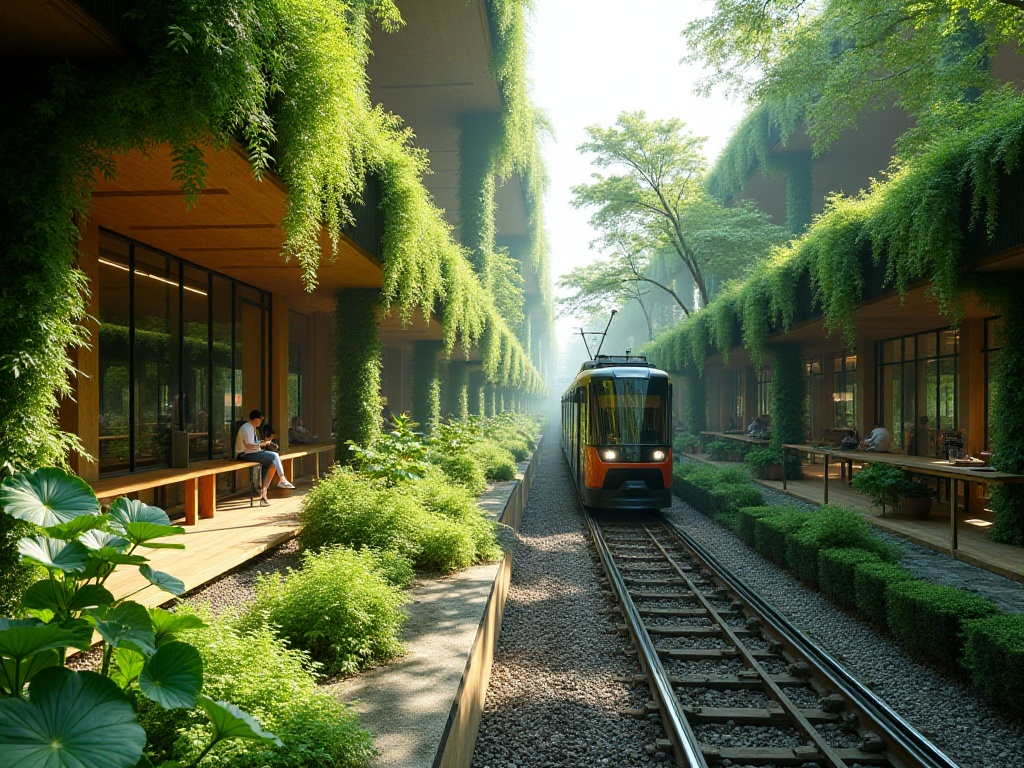
Technology Application
In terms of technology, Tokyo's subway is practically a tech exhibition. The over 95% adoption rate of PASMO and Suica transit cards - what does this mean? It means almost everyone uses these more efficient payment methods.
These transit cards aren't just for subway rides - they're practically universal cards. Buying things at convenience stores? You can use them. Getting drinks from vending machines? No problem. Even some restaurants accept this payment method. Most conveniently, these cards can be simulated using phone NFC functions - no need to carry physical cards.
The ticket vending machines in subway stations are also technological representatives. They support multiple language interfaces, are simple and intuitive to operate, and accept various payment methods. Whether cash, credit card, or mobile payment, everything's easily handled.
More impressive is their real-time information system. Every platform has electronic displays showing real-time train arrival times and possible delay information. Mobile apps can also check real-time operating conditions, making your travel more plannable.
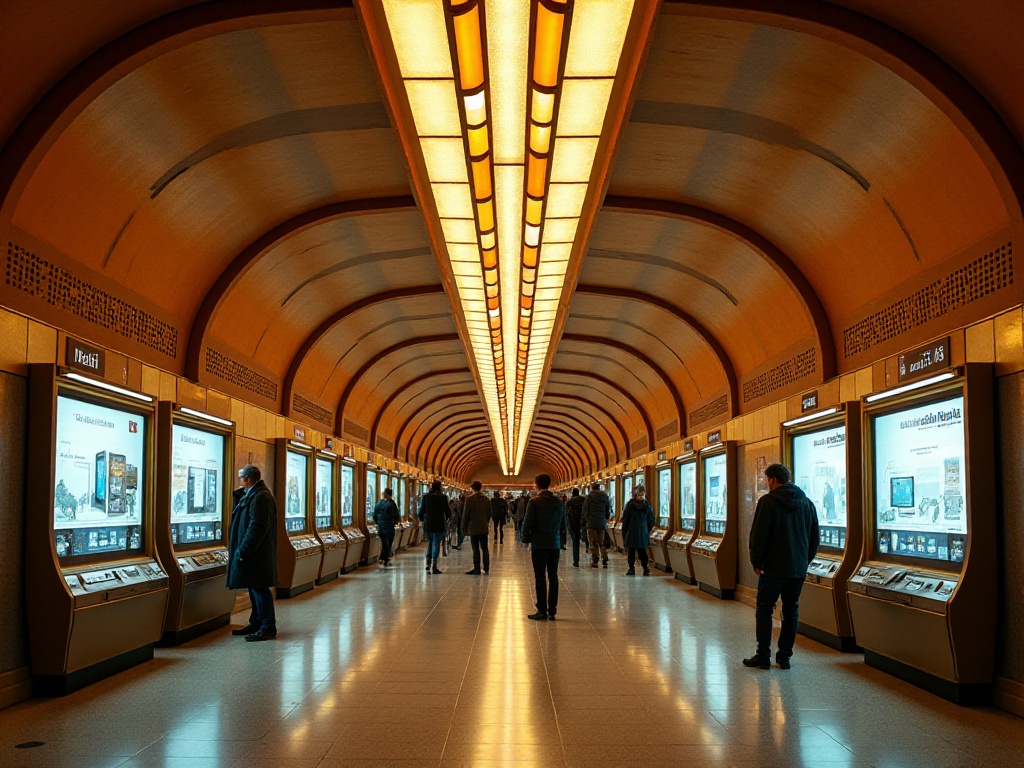
Deep Reflection
After experiencing Tokyo's subway system for this period, I increasingly feel that a city's subway system is like a mirror of the city, clearly reflecting the society's level of civilization and management capability.
Tokyo subway's success isn't just about solving basic transportation problems - it's about taking everything to the extreme. From hardware facilities to management systems, from service attitude to passenger quality, every link has been carefully polished to form a perfect whole.
This pursuit of perfection is actually a microcosm of Japanese culture. They're not satisfied with "good enough" - they aim for "the best." Every detail must be considered, every link optimized to the extreme. This craftsman spirit is worth learning from.
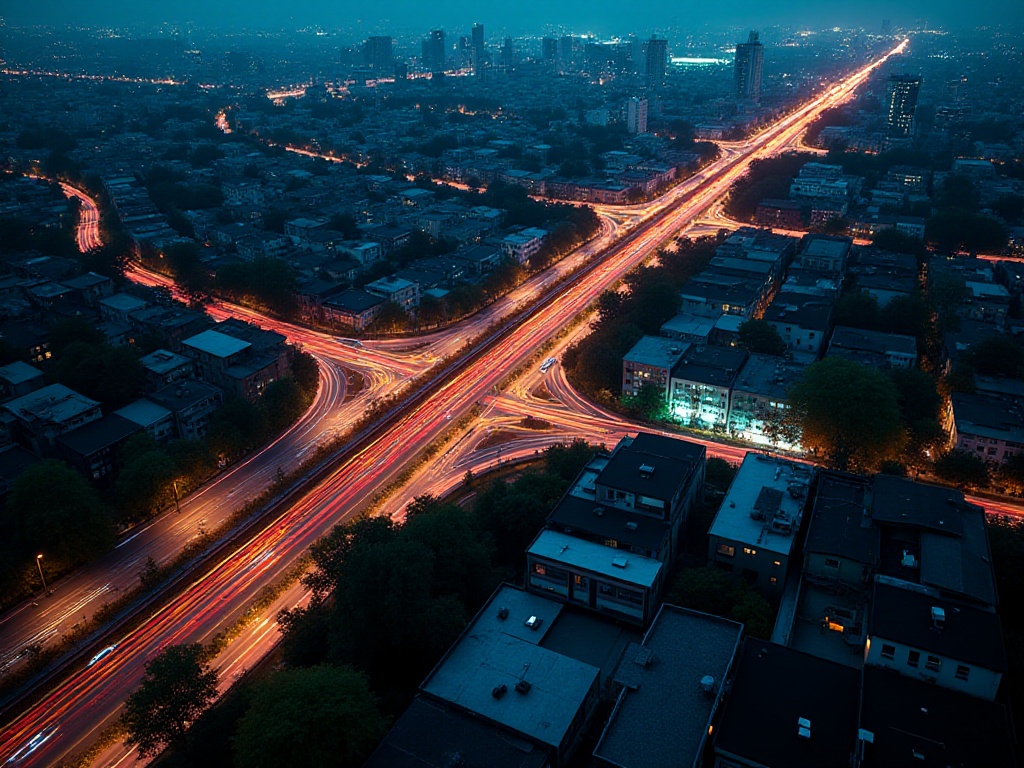
Future Outlook
As urbanization accelerates, subways, as the main force of urban public transportation, will only become more important. Tokyo subway's successful experience tells us that building a truly excellent subway system requires more than just hardware - it needs comprehensive improvement.
First is management level improvement. Precise scheduling systems, efficient maintenance systems, and comprehensive emergency plans are key to ensuring efficient subway system operation. Second is service consciousness improvement. We must truly think from passengers' perspectives, anticipate their needs, address their urgencies, and provide better service experiences.
Most important is the improvement of overall social civility. Subway is a public space that needs everyone's participation to maintain well. Only when everyone consciously follows order and shows mutual consideration can the entire system truly achieve maximum efficiency.
Looking at Tokyo subway's current state and thinking about other cities' subways, there's indeed much room for improvement. For example, transfer design can be further optimized, punctuality improved, station environment enhanced, service quality upgraded, and so on.
But most crucial is cultivating society-wide public awareness and civilized behavior. When everyone consciously maintains public order and actively considers others, our subway systems will definitely become better.


